There’s something that’s been nagging at me for some time—and not just when we talk about guns. It’s the constant comparison of the United States to Europe. Or even to the other nations of what’s sometimes called the “core Anglosphere,” Great Britain, Canada, New Zealand, and Australia.
I can see the reason for the comparison. We’re as rich as Europe and the other Anglosphere nations. The initial wave of American settlement and immigration came largely from Europe. We were once British. But as my friend and colleague Jonah Goldberg points out, the term “American exceptionalism” properly understood shouldn’t necessarily mean, “America is exceptionally great” (though there are many great things about America) but rather quite simply, America is exceptional. It’s different. It’s hard to find a comparable culture.
And this difference emerged early. Last year I read Fred Anderson’s excellent one-volume history of the Seven Years’ War (known as the French and Indian War here in the United States) called Crucible of War. There were so many fascinating layers to the book, but I was struck by how different the colonists were from their British commanders and from the British regulars who fought alongside them. It will come as no surprise that colonial soldiers were deeply resistant to British discipline, and British commanders often found it difficult to control their colonial subjects.
And if profound differences existed 20 years before the Declaration of Independence, they have only deepened and magnified since. America’s population is far, far more diverse than it was even in its distinct colonial period, and there are many ways in which Europe is a poor comparison to the American experience. In fact, there are ways in which America is far more Latin American than European.
Take religion, for example. Compared to the United States, Europe is a religious desert. That’s one reason why I reject the so-called “cultural argument” (put forward by Pennsylvania law professor Amy Wax, for example) that America would be better off with more European immigrants and fewer immigrants from the developing world. Immigrants from Latin America and Africa are often a better religious cultural match for the U.S. than secular Europeans. Or, as I argued in National Review, “intentional Europeanization of American immigration would represent the forced secularization of American culture.”
The numbers don’t lie. When it comes to religion, America is more like Brazil than Britain:
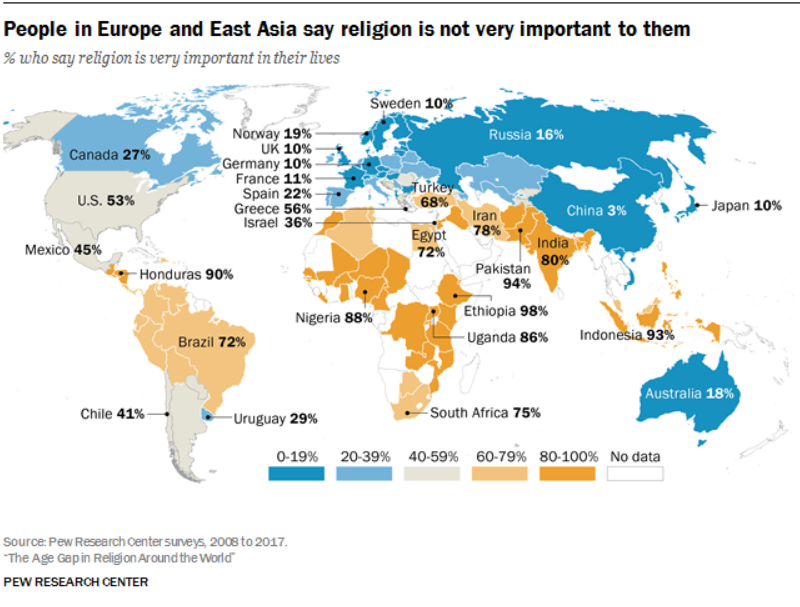
As a person of faith, I’m grateful our nation is more culturally hospitable to religion than much of Europe. But our distinctions from Europe aren’t uniformly positive. There’s another way we’re more like Latin America—our national addiction to violence. Here’s a map of murder rates across the world:
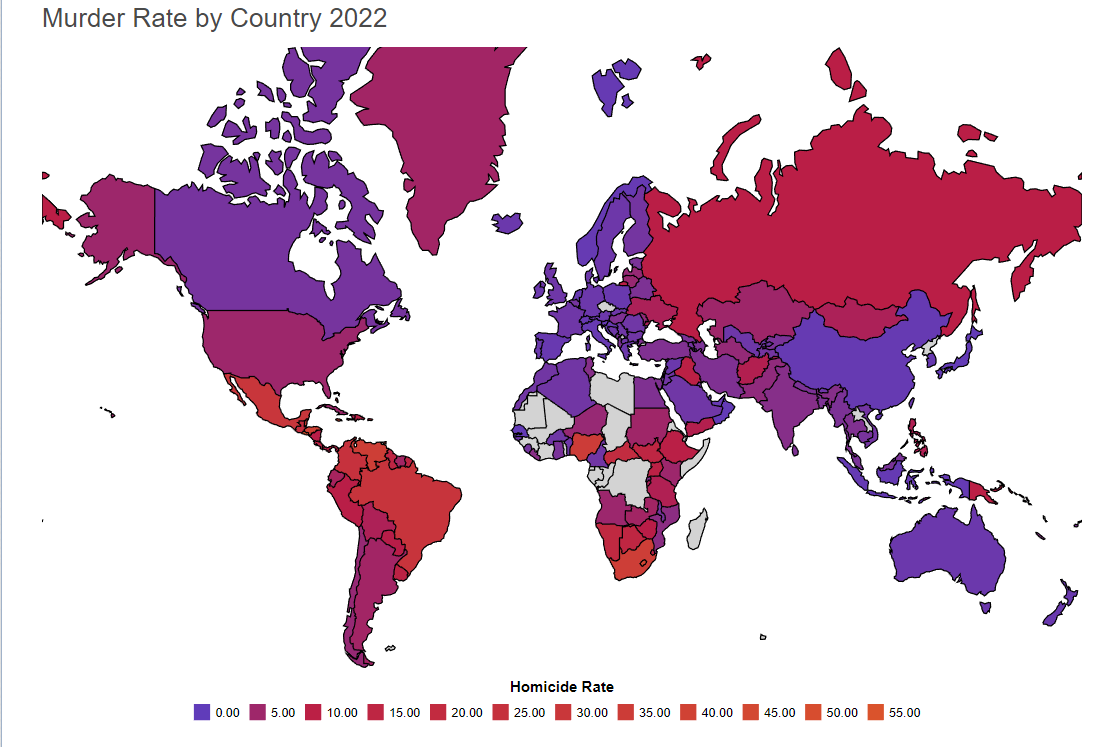
Between North and South America, there is only one nation that matches Western European murder rates—Canada, a nation that was under direct British control far longer than the United States. The rest of the Americas look more like us (and in some places much worse than us).
In fact, the difference between the murder rates in the United States and Europe date back for centuries. University of Central Arkansas professor Jeremy Horpedahl assembled data from a variety of sources to come up with these rather stark charts:
America is so violent compared to much of Europe that its rate of non-gun homicides (stabbings, beatings, etc.) exceeds the rate of all homicides in most European nations.
The other thing you’ll note when you dive into the data is that homicides rates don’t easily track with rates of gun ownership. At the risk of overmapping you, here’s yet another. It’s the rate of gun ownership, by nation:
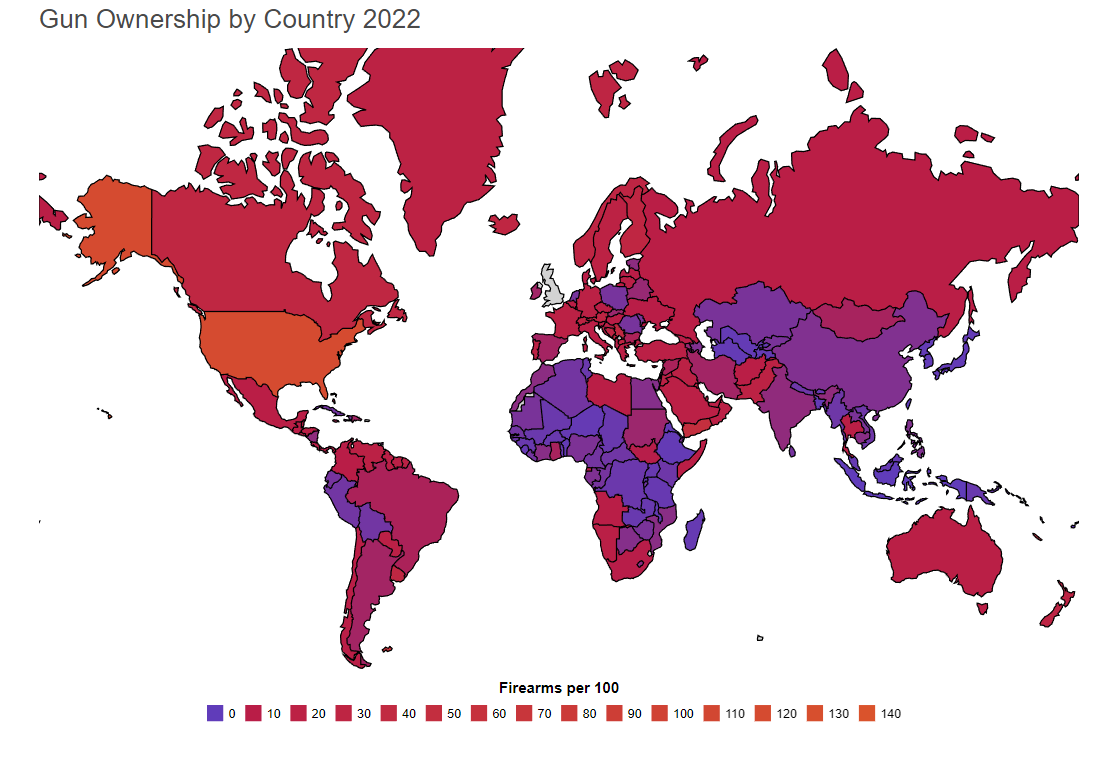
Combine the homicide chart with the gun ownership chart, and you’ll note a few things. First, America stands alone in gun ownership rate. By far. We’re the only nation with more than one gun per person. No other nation comes close. But there are many nations with higher homicide rates, including nations with small fractions of America’s rate of gun ownership.
Russians, for example, possess only 12.3 guns per 100 citizens, yet Russia’s murder rate is substantially higher than America’s, and we possess a whopping 120 guns per 100 citizens. Brazilians possess only 8.3 guns per 100 citizens, yet its murder rate is up to six times higher than America’s.
Even in the United States, statewide homicide rates aren’t dependent on rates of gun ownership. On Sunday Barnard College professor Rajiv Sethi published a fascinating essay comparing rates of gun ownership in American states with homicide rates. His conclusion? While gun suicide rates correlated with rates of gun ownership, homicide rates did not. Here’s yet another chart. Suicide deaths are red, homicides are yellow:
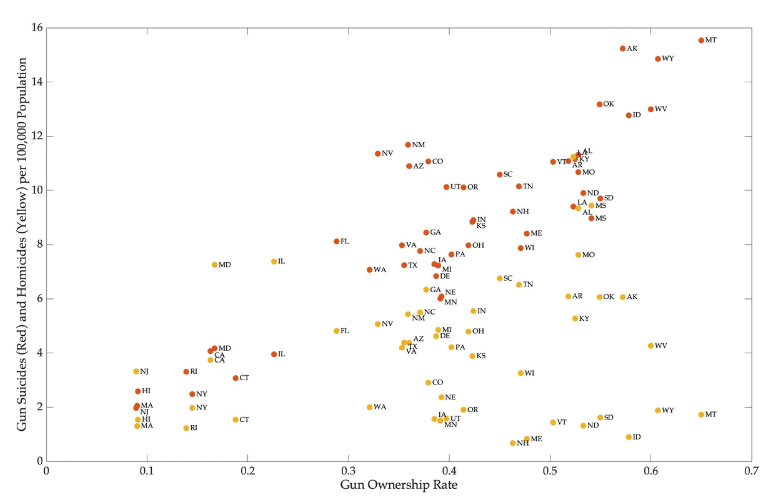
Professor Sethi’s findings mirror those of multiple earlier studies. Back in 2015, my former National Review colleague Robert Verbruggen compiled the available research:
There is actually no simple correlation between states’ homicide rates and their gun-ownership rates or gun laws. This has been shown numerous times, by different people, using different data sets. A year ago, I took state gun-ownership levels reported by the Washington Post (based on a Centers for Disease Control survey) and compared them with murder rates from the FBI: no correlation. The legal scholar Eugene Volokh has compared states’ gun laws (as rated by the anti-gun Brady Campaign) with their murder rates: no correlation. David Freddoso of the Washington Examiner, a former National Review reporter, failed to find a correlation even between gun ownership in a state and gun murders specifically, an approach that sets aside the issue of whether gun availability has an effect on non-gun crime.
Indeed, pulling away from the state-by-state comparison, our national story is far more complicated than merely stating that more guns means more gun crime. For example, between 1970 and 2015, the American murder rate declined by roughly 50 percent, even as more Americans bought guns and gun laws substantially relaxed in states from coast-to-coast.
Why belabor these points? For a few reasons. First, if we want to be rigorous about our policy analysis, it’s just wrong to equate more guns with more crime and fewer guns with less crime. We know there can be more crime with fewer guns, both from our own national experience and the experience of multiple nations around the globe.
Second, this extraordinary high rate of criminal violence illustrates the fundamental rationality of armed self-defense in the United States. The extraordinarily low rate of criminal violence in much of Europe helps explain why Europeans are so mystified by the American zeal for self-protection. To apply Miles’ Law—where you stand is based on where you sit. And if you feel very safe where you sit, it’s hard to comprehend standing for gun rights.
Talk to people in less-safe circumstances, and the rationality and even prudence of defensive gun ownership becomes quite clear, quite fast. Last week I wrote in The Atlantic that I wished the gun debate featured more people who’ve faced threats to their lives without the wealth to hire security. Given that our nation’s governmental and cultural elite is disproportionately prosperous, they’re less likely to have experienced real danger, and if they do experience danger, they’re more likely to have immediate access to trained security.
This is why many millions of Americans instinctively recoil from gun control measures that place additional hurdles in their path to self-defense when they know that criminals will face no such impediments. Outside of mass shootings, acts of gun violence are overwhelmingly committed by people who already break the law to possess the weapons they use.
Third, understanding America’s true cultural problem allows us to refocus our efforts to address gun deaths away from the simplistic (fewer guns!) to the more rigorous (a multifront effort to both keep guns out of the hands of dangerous people and to confront head-on a centuries-old culture of extraordinary criminal violence.) That’s why we can’t roll our eyes at efforts to rebuild families or reform America’s mental health system as “distractions” from the “real” fight against gun rights.
America isn’t Britain, and it isn’t Brazil, but there are ways it is more like Brazil than Britain. To understand our own challenges, we have to understand our own nation, and this nation has a violence problem that both transcends guns and explains why many of even its most responsible citizens own weapons. The fight against gun violence isn’t so much a fight against guns as a generations-long effort to change the heart of America itself.


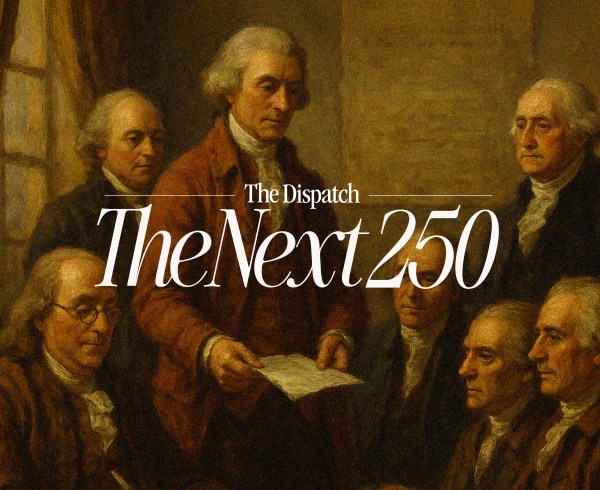




Please note that we at The Dispatch hold ourselves, our work, and our commenters to a higher standard than other places on the internet. We welcome comments that foster genuine debate or discussion—including comments critical of us or our work—but responses that include ad hominem attacks on fellow Dispatch members or are intended to stoke fear and anger may be moderated.
With your membership, you only have the ability to comment on The Morning Dispatch articles. Consider upgrading to join the conversation everywhere.